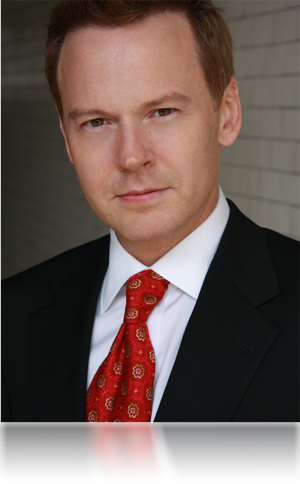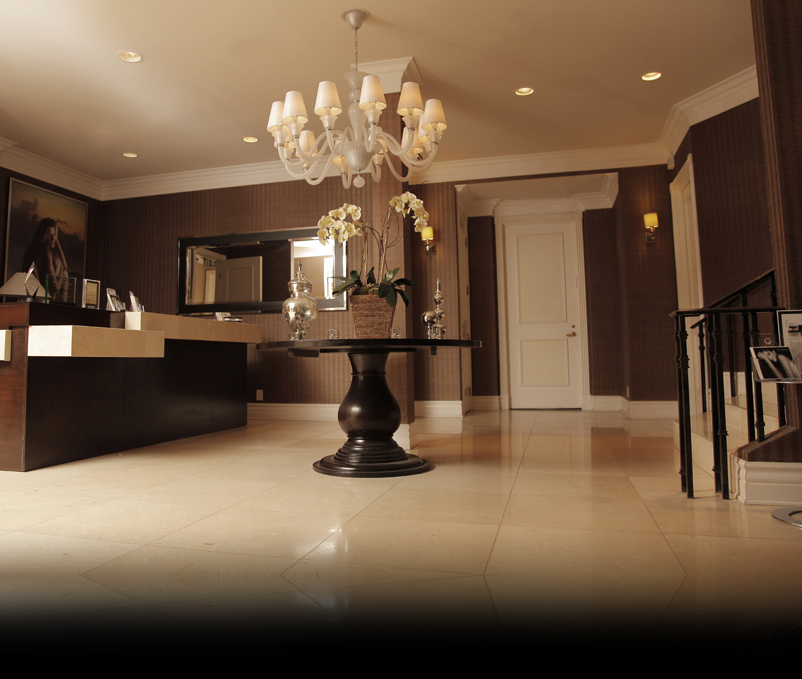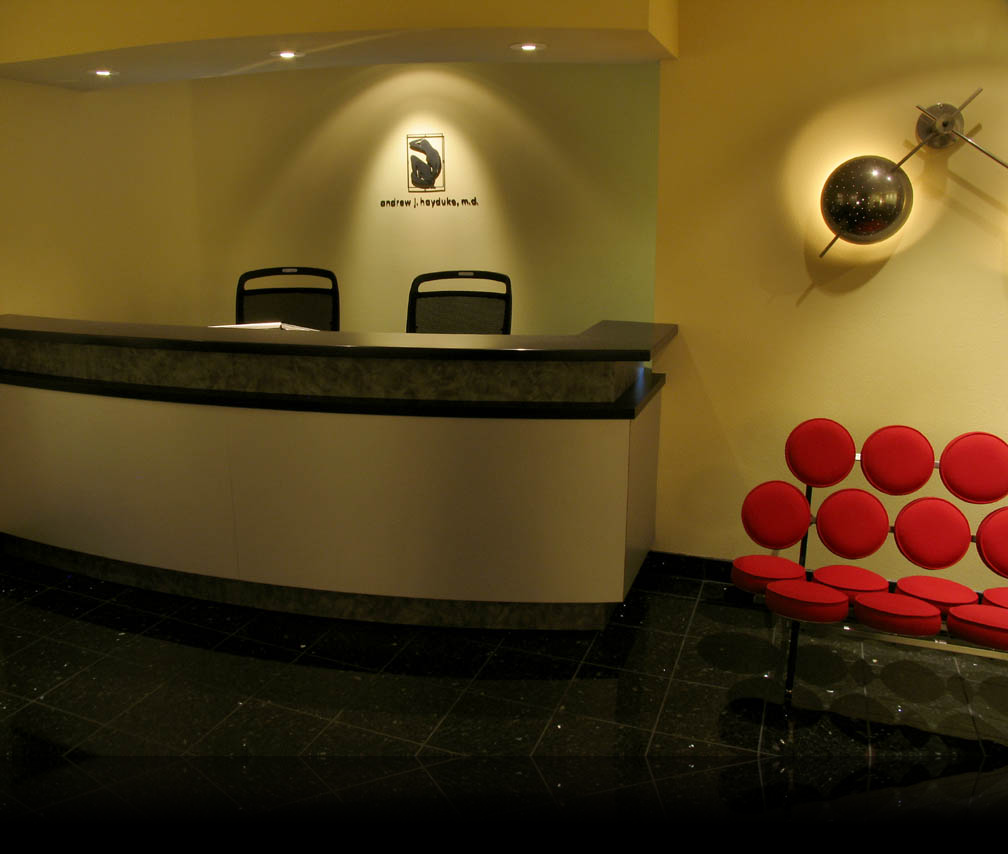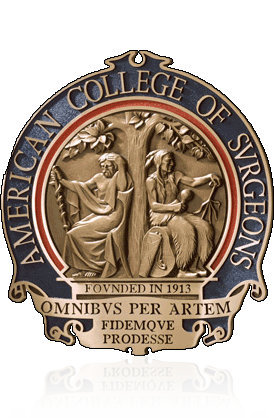Breast Implants Revision
Beverly Hills • Palm Springs
DR Andrew j. HAYDUKE
Women have been undergoing breast implant surgery (breast augmentation) since the 1960s with a wonderful satisfaction rate. Breast implant surgery is one of the most popular and frequently performed plastic surgery procedures in the world as well as in Dr. Hayduke’s practice. Breast augmentation has a long and successful track record in satisfying women who wish to enhance, regain or restore balance to their figures.
Breast implants can create a better proportioned and more appealing female figure, allow clothing to fit much better, counter the effects of pregnancy, weight loss and aging on breast shape, and even restore symmetry if one of your breasts is smaller than the other.
Breast revision surgery, however, is necessary to address issues that arise over time in breast implant patients. Dr. Hayduke had been extremely involved in breast implant revision surgery ever since the start of his practice – primarily fixing issues for patients who have had their original breast implants placed by a different plastic surgeons many years prior.
REASONS FOR BREAST IMPLANT REVISION SURGERY
CAPSULAR CONTRACTURE
Capsular contracture is thought to possibly be a response of the immune system to foreign materials inserted into the human body. The occurrence of capsular contraction follows the formation of capsules of tightly-woven collagen fibers around the breast implant – similar to how an orange peel surrounds an orange. The formation of a capsule contracture around a breast implant can distort the appearance of one or both breast implants and even cause the patient discomfort (pain).
RUPTURED BREAST IMPLANTS (DEFLATION)
Rupture or deflation of one or both breast implants are a very common cause of breast implant revision surgery. If saline-filled implants were initially placed, the deflation is quite obvious since the patient notices that one breast is suddenly flat. Silicone implants, however, frequently require an MRI imaging study (radiology) to detect a rupture. Once the rupture is detected, Dr. Hayduke recommends revision surgery within about two or three weeks of the occurrence. Patients frequently use this opportunity to change implant sizes, shapes, or readjust other issues that have always bothered them about their original breast augmentation surgery.
SIZE CHANGE
Some clients eventually choose to change the size of their implants. The implant size change request may be for larger sized implants, and sometimes the request is to downsize. In some cases, clients who originally had tight small chests were stretched out for several years by their original breast implants and now can tolerate an even larger breast implant size much more easily. In some cases, patients request downsizing, which may require a simultaneous breast lift (mastopexy) to address the extra loose skin that was created from the implant downsizing.
BOTTOMING OUT
Occasionally, one or both breast implants may appear to be in a very low position in relation to the nipple areolar position. In this situation, the nipple/areola appears to be positioned relatively high – almost on the upper part of the breast implant. The breast implant appears to have slid downwards, commonly known as “bottoming out”. In this situation, Dr. Hayduke recreates the inframammary fold crease in the proper position with meticulous permanent internal suturing. This helps elevate the new breast implant into a more pleasing higher position since a more defined breast crease (inframammary fold) is surgically re-created. This helps prevent the implant from sliding downwards in the future.
POSITIONING ISSUES (MALPOSITION)
Some clients present with complaints of one or both implants being in a strange unsightly position. This may require repositioning of the implants with internal sutures placed inside the actual breast pocket. In some cases, the outermost (lateral) pocket is simply too large and requires re-adjustment. The implants may slide too far under the patients armpits. In other cases, the original surgeon did not release the chest muscles enough, and this causes a strange constriction (distortion) of one or both breast implants. This may require proper re-release of some of the pectoralis major muscles fibers. The breast capsule (pocket) may also require release and re-adjustment with a capsulotomy or capsulectomy depending upon the patient’s specific complaints.
DOUBLE BUBBLE DEFORMITY
One theory on the cause of the breast implant “double bubble” deformity is that it is the result of surgically lowering the patients inframammry fold (breast crease) without obliterating the preexisting (old) fold. If the lower part of the breast tissue is considered constricting, scoring of the inferior aspect of the breast gland with electrocautery is usually helpful. Women with tuberous breasts and those with naturally high tight breast folds (creases) are prone to get the double bubble deformity. As far as revision (correction) for the double bubble deformity, Dr. Hayduke feels several approaches may be required, including capsulorrhaphy, scoring of the breast gland, and even changing the plane of where the original implant was placed.
ROTATION OF ANATOMICAL “SHAPED” IMPLANTS
When tear dropped or shaped or anatomical implants rotate in the breast pocket created during breast augmentation, an obvious deformity can occur that requires revision. Sometimes even a slight rotation or shift of the implant may cause a significant visual problem. Although the implants may have been placed properly during the original surgery, a slight shift of the implant in the pocket later may have created a problem.
SYNMASTIA (BREAD LOAF BREAST)
This is an unsightly condition after breast augmentation that occurs when the two breasts communicate with each other across the midline of the chest. Patients with excessively large (wide) implants for their frame are at greater risk for developing synmastia. Also, if the surgeon over dissects medially (in the region of the sternum), a communication can be unintentionally created between the two breasts during the original breast augmentation. Techniques that can be tried in attempts to gain improvement include capsulorrhaphy to close off the parasternal communication with permanent sutures and changing out to smaller diameter implants, and possibly even enlarging the lateral (outer) breast pocket size.
IMPLANT WRINKLING OR RIPPLING
Thin patients with relatively large implants (and very small original natural breasts) may develop visible wrinkling and rippling of their breast implants that can become bothersome. This also seems to be more common in clients with saline-filled implants. Changing out the old implants to a different type and size of implant and releasing the breast capsule can improve these issues.
SAGGING OF THE NIPPLE/AREOLA
With time, gravity can pull the overlying original natural breast tissue downwards – leading to a saggy appearance of the overlying natural breast and nipple/areola. Breast lift surgery (mastopexy) can correct this sag issue.
REQUEST FOR IMPLANT REMOVAL WITHOUT REPLACEMENT
Rarely, patients may request removal of old breast implants without replacement with a new pair of implants. Depending upon how large and how long the old implants were in the patient, this may lead to major contour issues of the breasts. This situation may require a breast lift (mastopexy) to address the left over stretched breast skin and tissues. Removing old breast implants without replacement with a new pair of implants is sometimes similar to removing a pillow from a pillow case. The left over appearance (just the pillow case without the pillow) can be quite unsightly.
Board Certification/Memberships
CONTACT

444 N Camden Dr
Epione Building
Beverly Hills, CA 90210
310 - 288 - 1711

39000 Bob Hope Dr
Eisen Med Ctr Kiewit 206
Rancho Mirage, CA 92270
760 - 341 - 6996






